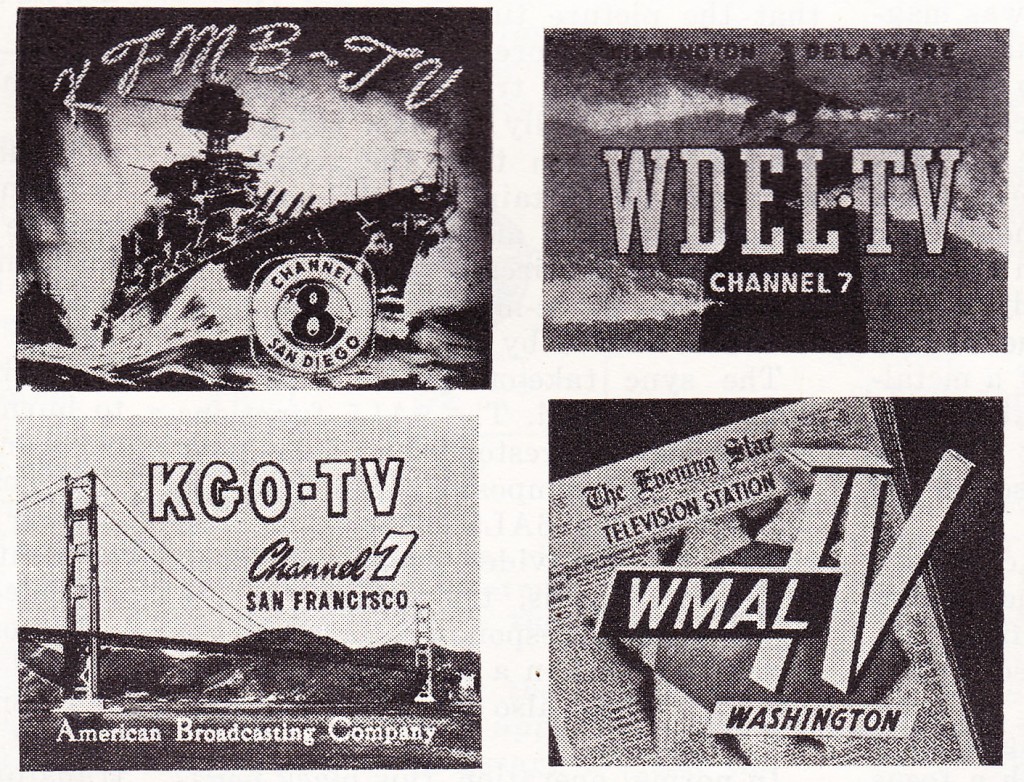 Today on P S Dot Com: a fairly comprehensive survey of television station ID graphics circa 1951. Widespread full-time telecasting did not take place in the US until 1948, so you are seeing the face of a relatively new industry here. I realize that this post has little to do with sound, but television, as it is broadcast, is at least 50% sonic; those of us who work in television are all-too-aware that we design programming for a distracted audience; I.E., programs and adverts are designed to deliver messages to audiences that can hear the set without necessarily seeing the screen. The importance of television broadcasts in creating the sound-environment of the twentieth century is immense. Anyway, here’s a trip back to the earliest days of mass-TV broadcasting in the US, and a fascinating look at how the early TV broadcasters saw themselves, as-it-were. If anyone has a link to an online archive of the sounds that accompanied graphics such as these, please do let us know.
Today on P S Dot Com: a fairly comprehensive survey of television station ID graphics circa 1951. Widespread full-time telecasting did not take place in the US until 1948, so you are seeing the face of a relatively new industry here. I realize that this post has little to do with sound, but television, as it is broadcast, is at least 50% sonic; those of us who work in television are all-too-aware that we design programming for a distracted audience; I.E., programs and adverts are designed to deliver messages to audiences that can hear the set without necessarily seeing the screen. The importance of television broadcasts in creating the sound-environment of the twentieth century is immense. Anyway, here’s a trip back to the earliest days of mass-TV broadcasting in the US, and a fascinating look at how the early TV broadcasters saw themselves, as-it-were. If anyone has a link to an online archive of the sounds that accompanied graphics such as these, please do let us know.
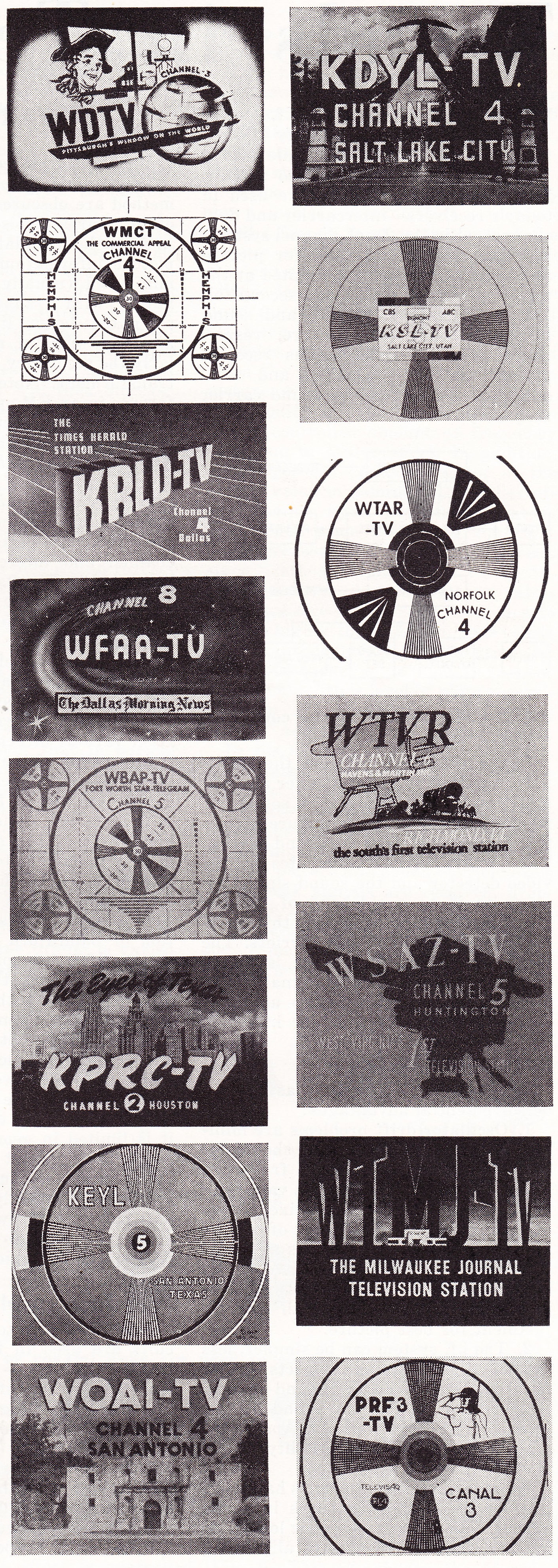
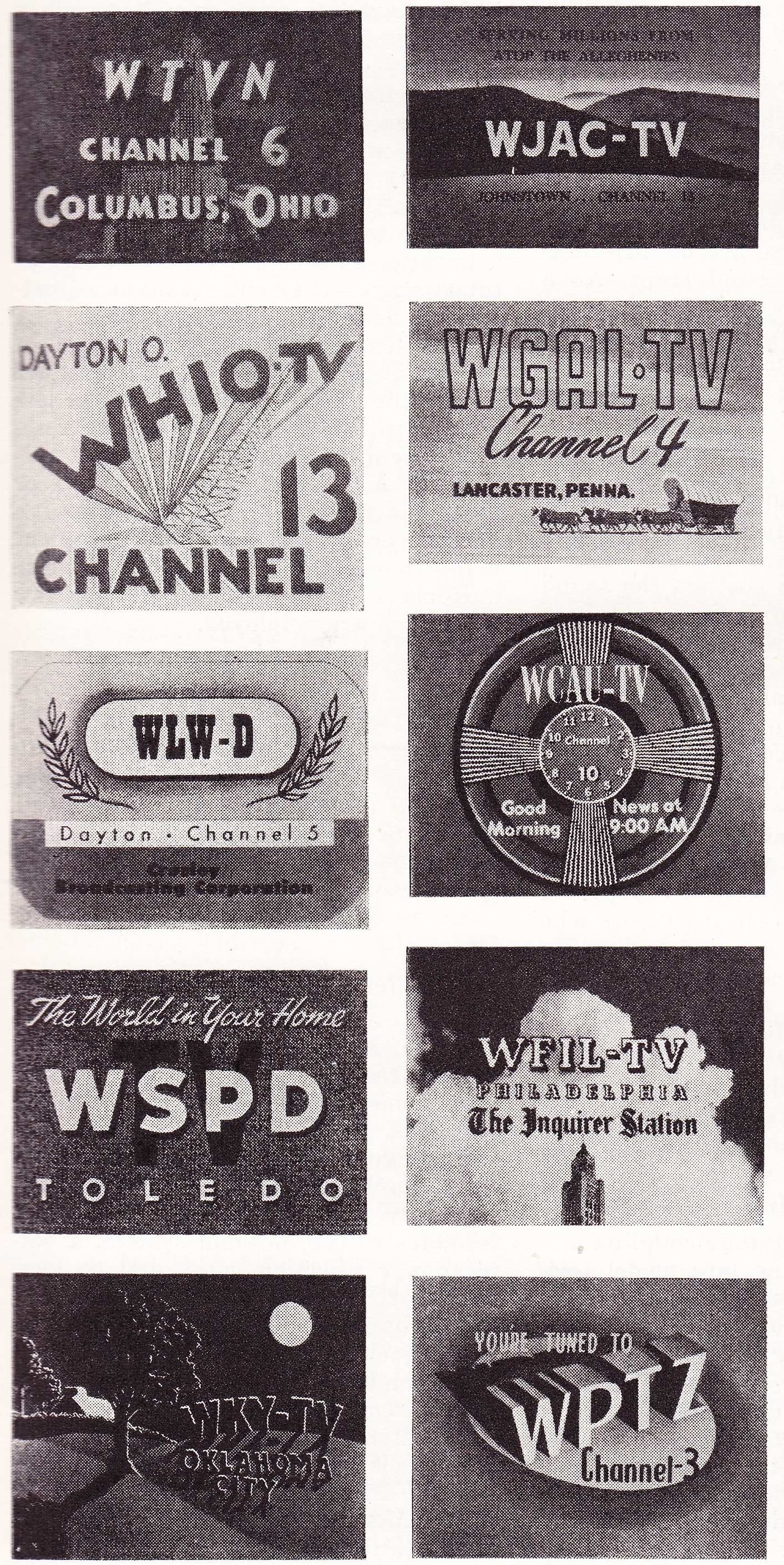 Many, many, many more follow: click the link below to READ ON…
Many, many, many more follow: click the link below to READ ON…
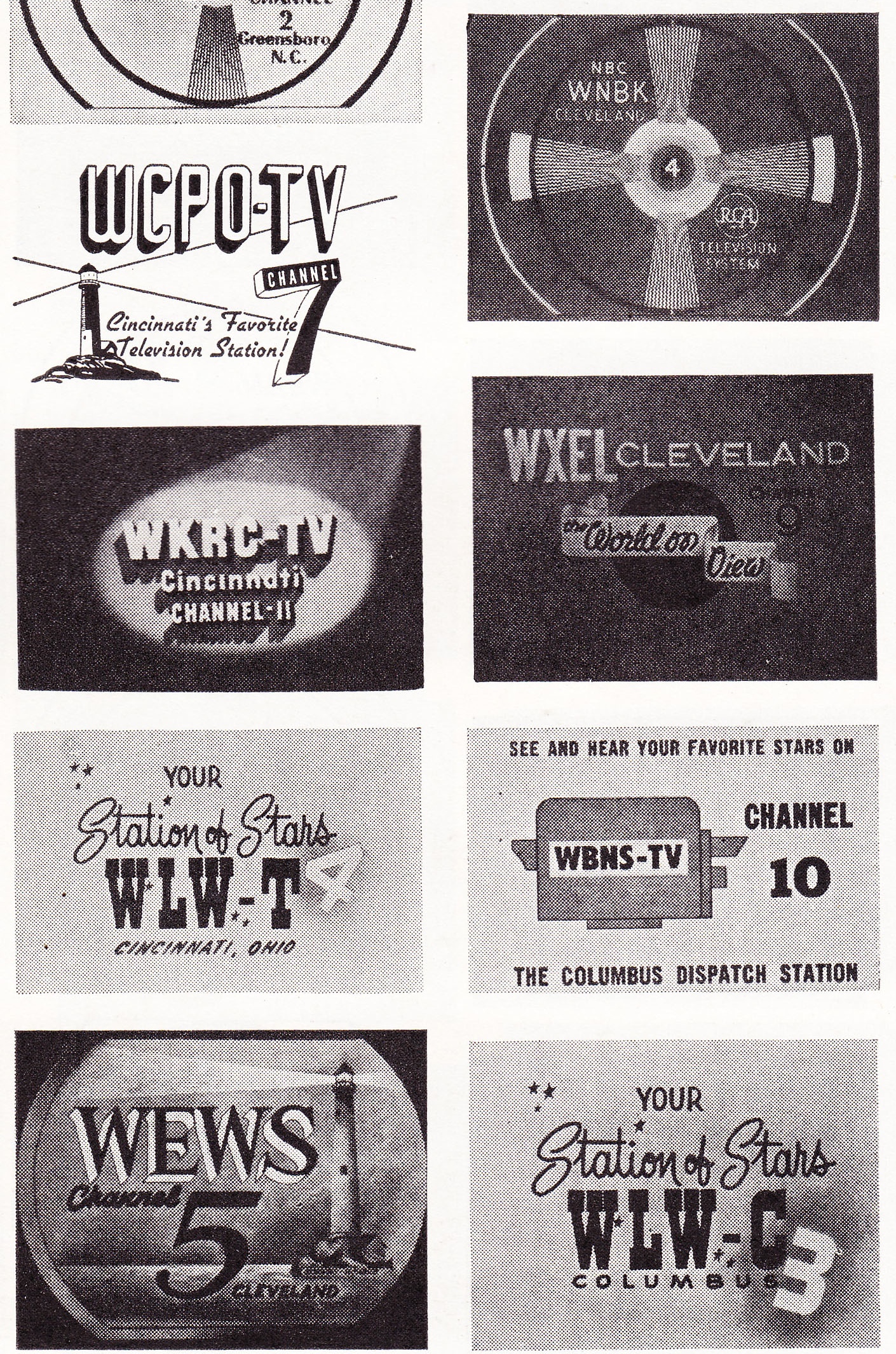
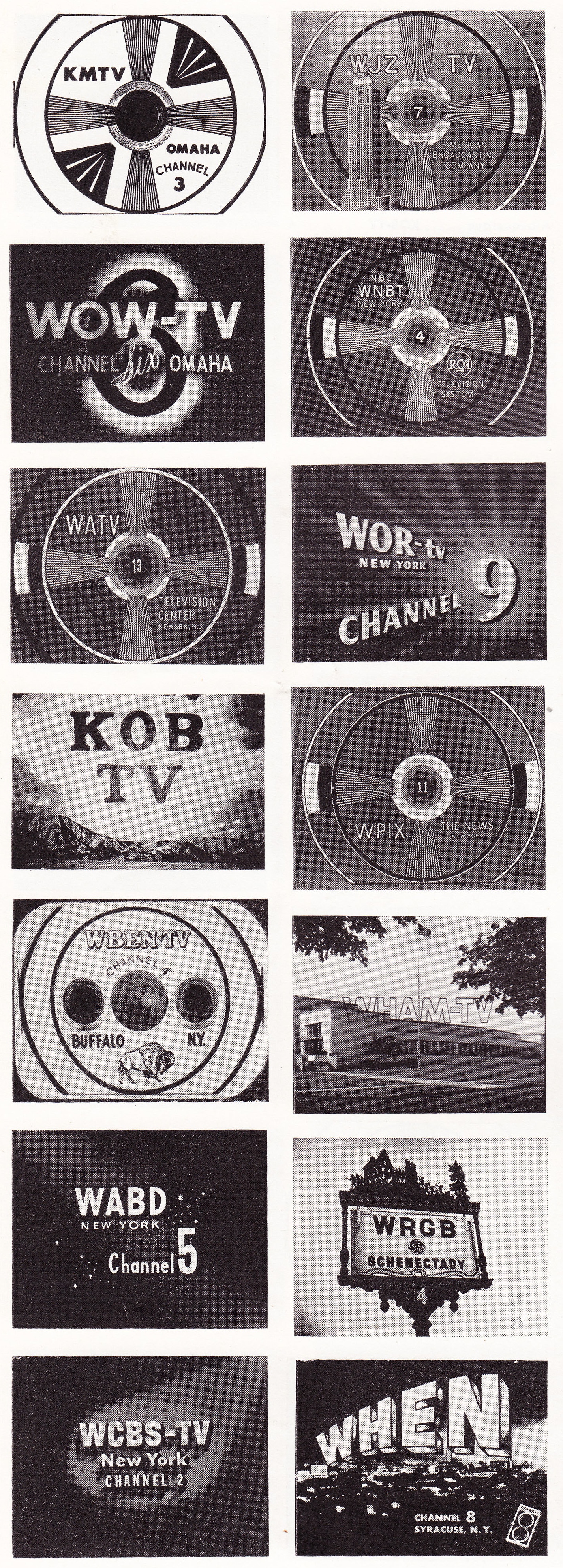
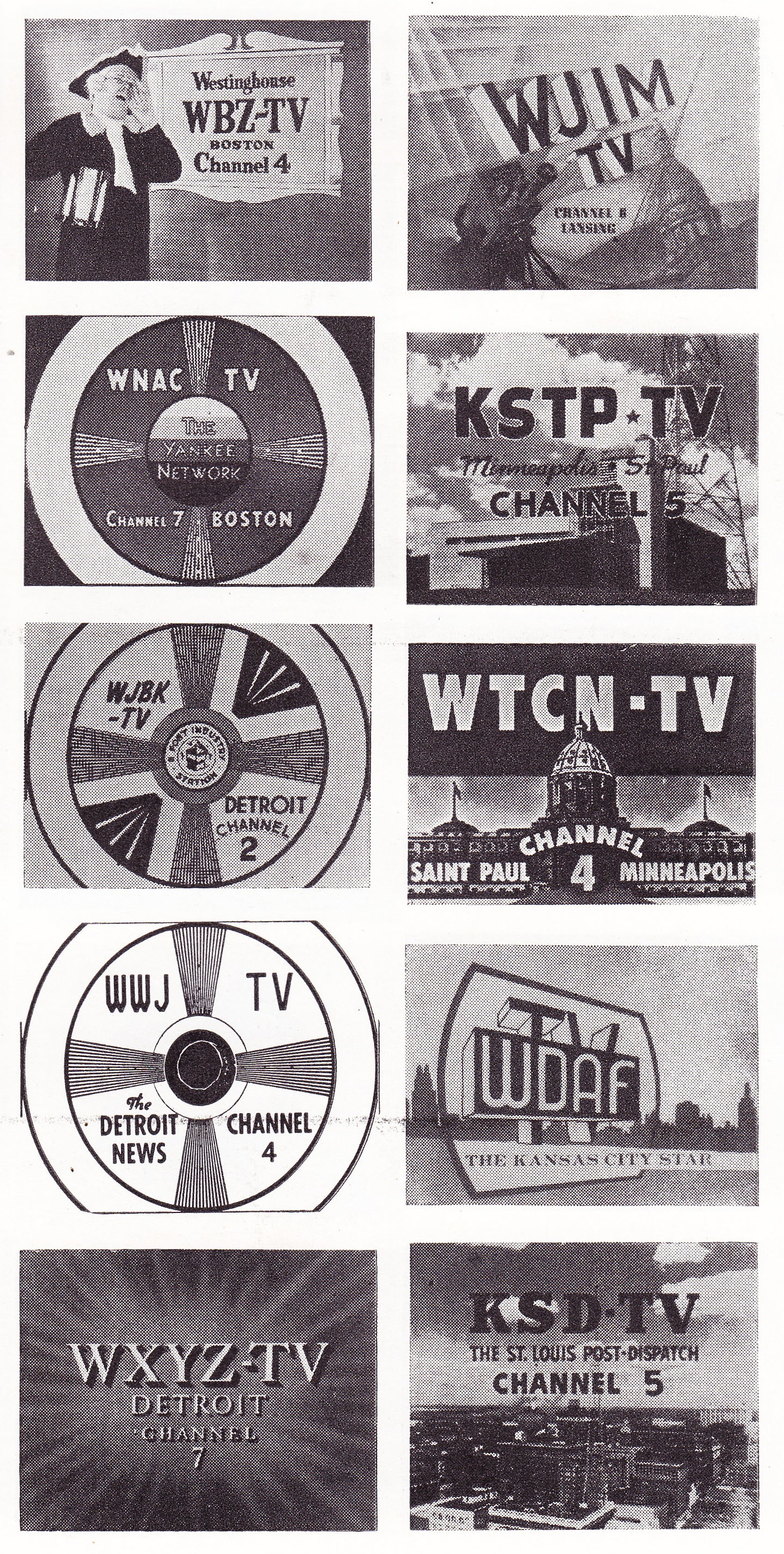
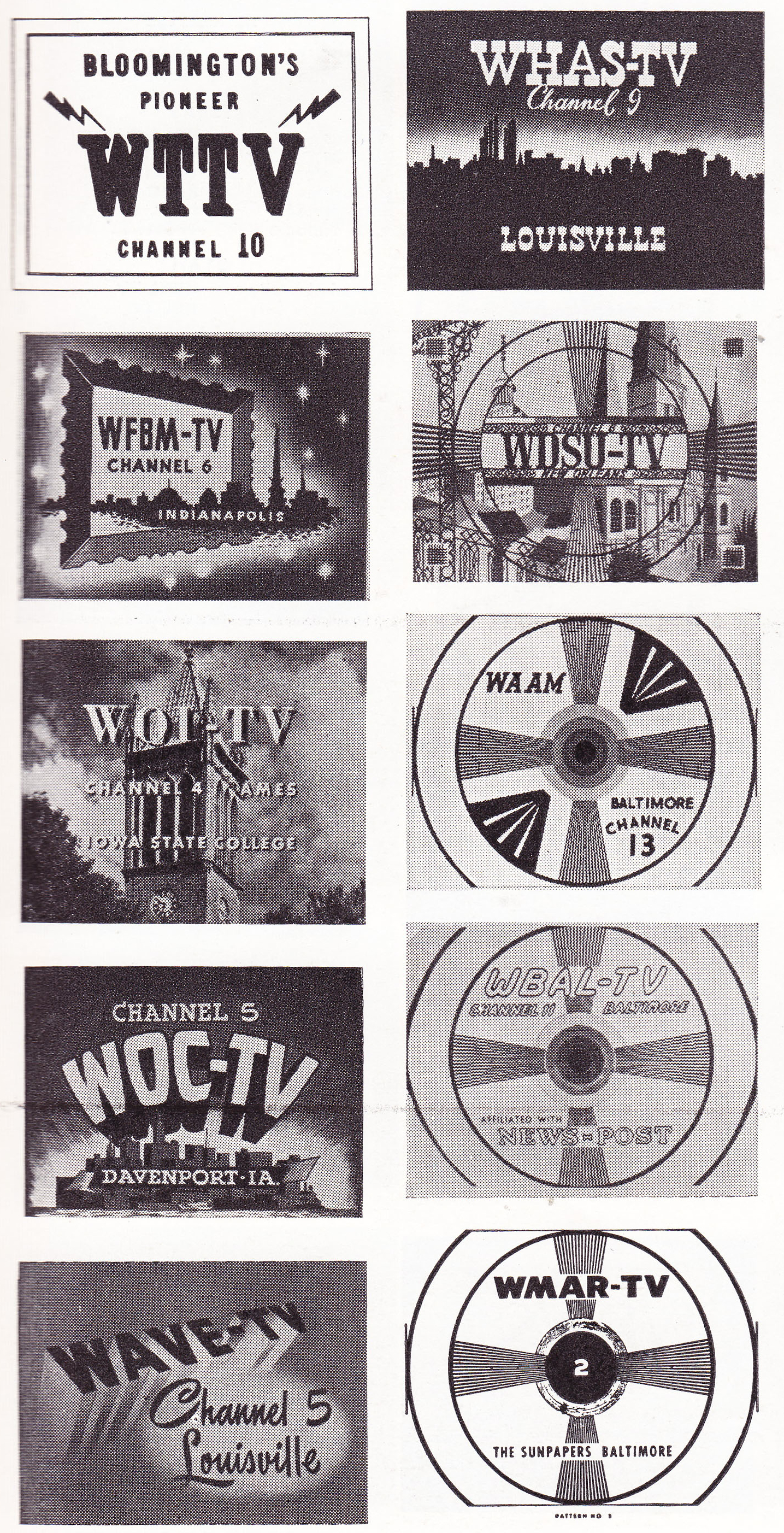
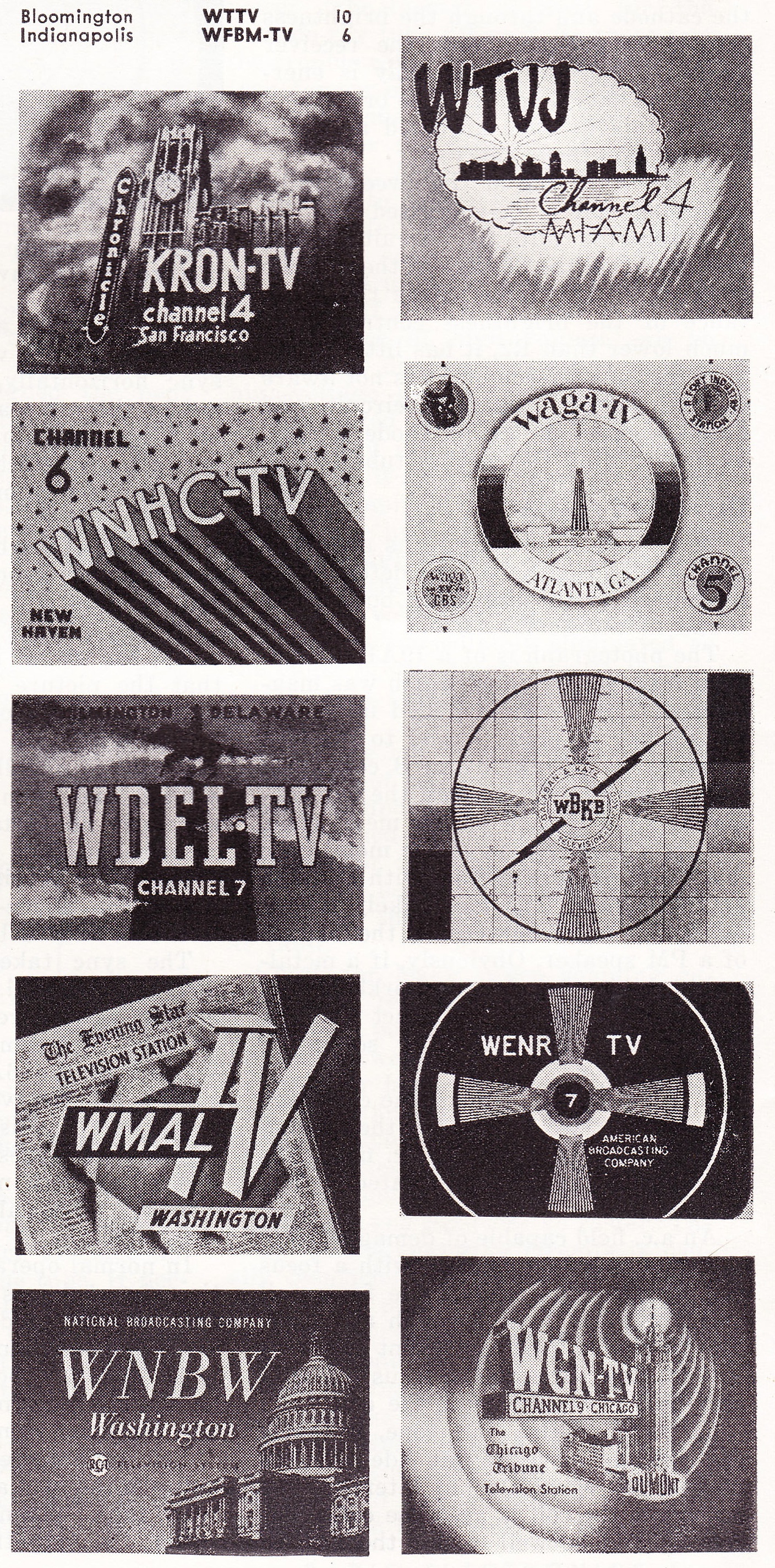
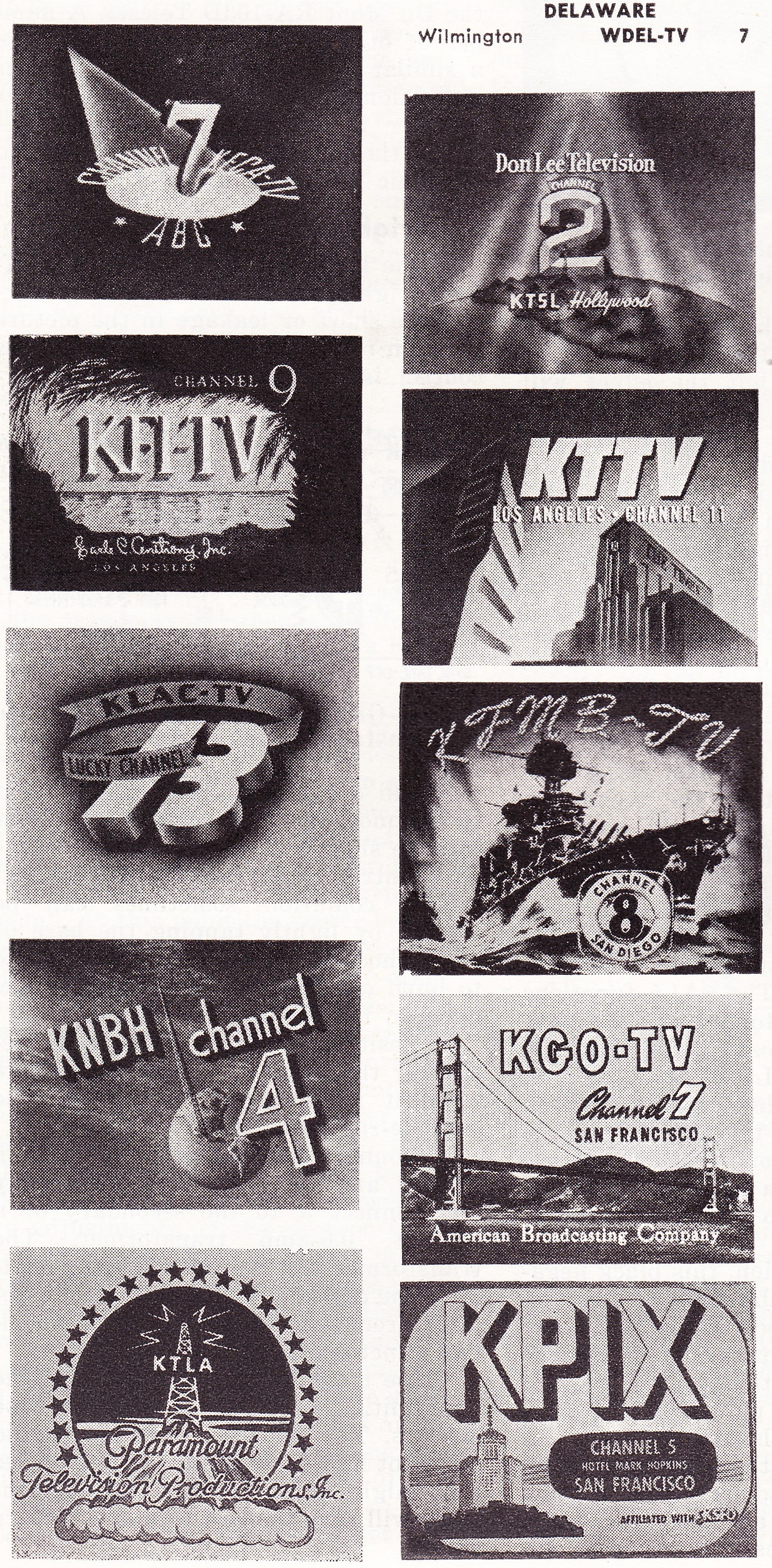
One reply on “Fascinating Collection of Television Station IDs circa 1951”
Chris, these are great! Here’s a website of old TV and radio photos and text that Preservation Sound readers might enjoy:
http://www.akdart.com/vtr/vtr.html
Note that all of those photos were saved from a dumpster, and because the website owner was willing to spend some cash to have them scanned and then go to a lot of trouble putting together that excellent site, none of it was lost to history.
I just noted something interesting, hopefully some of the broadcasting old-timers will comment. Why did the Dallas-Fort Worth market have both K and W call letters for the TV stations? WFAA and KDFW, plus I think other K and other W stations? What are W stations doing west of the Mississippi?
— Tom Fine